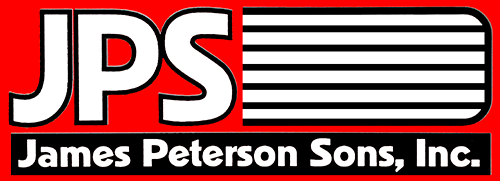[new_royalslider id=”34″]
This high volume urban reconstruction is located in a commercial area in the City of Wauwatosa in Milwaukee County. The project consisted of reconstructing approximately 1.2 miles of 6 lane concrete pavements along Watertown Plank Road with 4 signalized intersections, storm sewer, 1 storm water pond, wayfinding sign structures, street lighting, retaining walls, a pedestrian bridge linking Ronald McDonald House and MRMC, colored concrete, and streetscaping. The project also consisted of reconstructing 0.6 miles of USH45/I-41 and a new free-flow service interchange with 8 bridge structures consisting of steel tub girders and precast concrete girders. The interchange services numerous institutional, governmental, and commercial stakeholders and is a link to the community of Wauwatosa. AADT traffic volumes of 169,600 and 19,080 on IH 41 and Watertown Plank Road respectively, and estimated 24 Hr AADT of 50,000 entering and exiting ramp volumes make this interchange one of the busiest interchanges in the state. The project was constructed inside a 14 month window between October of 2013 and November of 2014.
The $68 million service interchange and arterial reconstruction project was successfully delivered within the constraints of a high traffic volume and a fully developed institutional and commercial area in the City of Wauwatosa in Milwaukee County. The project consisted of construction a full service interchange with 8 bridge structures and also included an aesthetically complicated pedestrian bridge structure linking two major stakeholders on the project. The projects sits adjacent to the Milwaukee Regional Medical Complex (MRMC) which is a multi-organizational academic health center that includes the Blood Center of Wisconsin, Children’s Hospital of Wisconsin, the Froedtert Level 1 Trauma Hospital, the Medical College of Wisconsin, the Ronald McDonald House, and Milwaukee County Behavioral Health. Additional stakeholders adjoining the project included Milwaukee County Parks Administration, Milwaukee County Children’s Court, Milwaukee County Central Fleet Maintenance, the Milwaukee County Research Park, Wisconsin Lutheran College, and UWMs Innovation Campus. There were a significant amount of underground utilities to deal with during construction, including several highly critical one’s that serviced MRMC such as a steam tunnel and multiple critical electrical circuit. The project required a very aggressive schedule to complete an extensive amount of work. The project included the construction of 10 individual embankments supporting pavements, including 4 that supported MSE walls, with a total excavation common quantity of 520,000 cy and an expanded fill quantity of 535,000 cy. The project included the excavation of 3 borrow sites located within the core of the Zoo Interchange, which required access only during night time hours leading to around the clock fill operations during several extended periods. The embankments included fills up to 30’ in height with multiple stage lines and MSE walls creating various complicated interfaces that required benching and reworking of the fill materials in order achieve a stable embankment and eliminate future settlement. The highly aggressive schedule and planned staging required grading throughout the winter of 2013-2014, which was the coldest in southeast Wisconsin in over 30 years. The available fill material generally consisted of saturated silty soils which are very problematic when constructing embankments due to the narrow window of moisture contents that will allow for adequate compaction as well as a stable subgrade. The generally poor weather conditions combined with sensitive fill soils created poor working conditions throughout the majority of the project. Both the contractor and project staff worked diligently to navigate through this difficult situation. Fall 2013 establishment of stage construction on Watertown Plank Road allowed for efficiency in coordinating utility relocations originally planned to take place under time of day constrained traffic control. Changes in staging allowed utilities to work unencumbered and avoid winter pavement restoration, allowing early completion of pavement removals and transitioning into early spring storm sewer and grading. Innovative grading methods utilizing fly ash as a drying agent allowed the department and contractor to avoid critical path schedule impacts related to weather and soil conditions. Advanced excavation of future Zoo IC DPW site project as a new borrow site, advancing future Zoo IC pedestrian trail project as a near site waste areas, revised specification language related to upper moisture control limit to better fit current conditions, and revised staging were all utilized to construct a high quality project on time and within budget.
